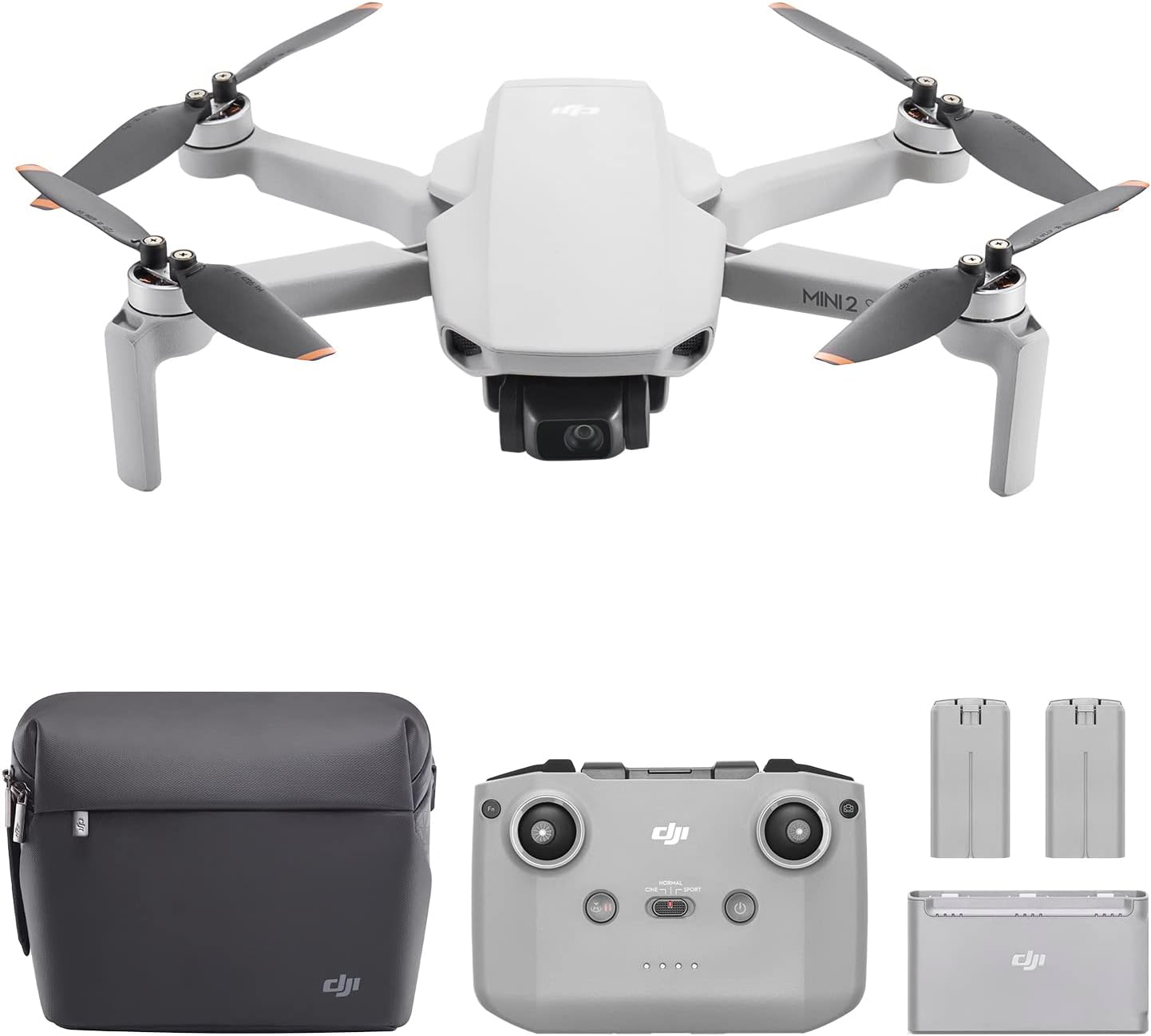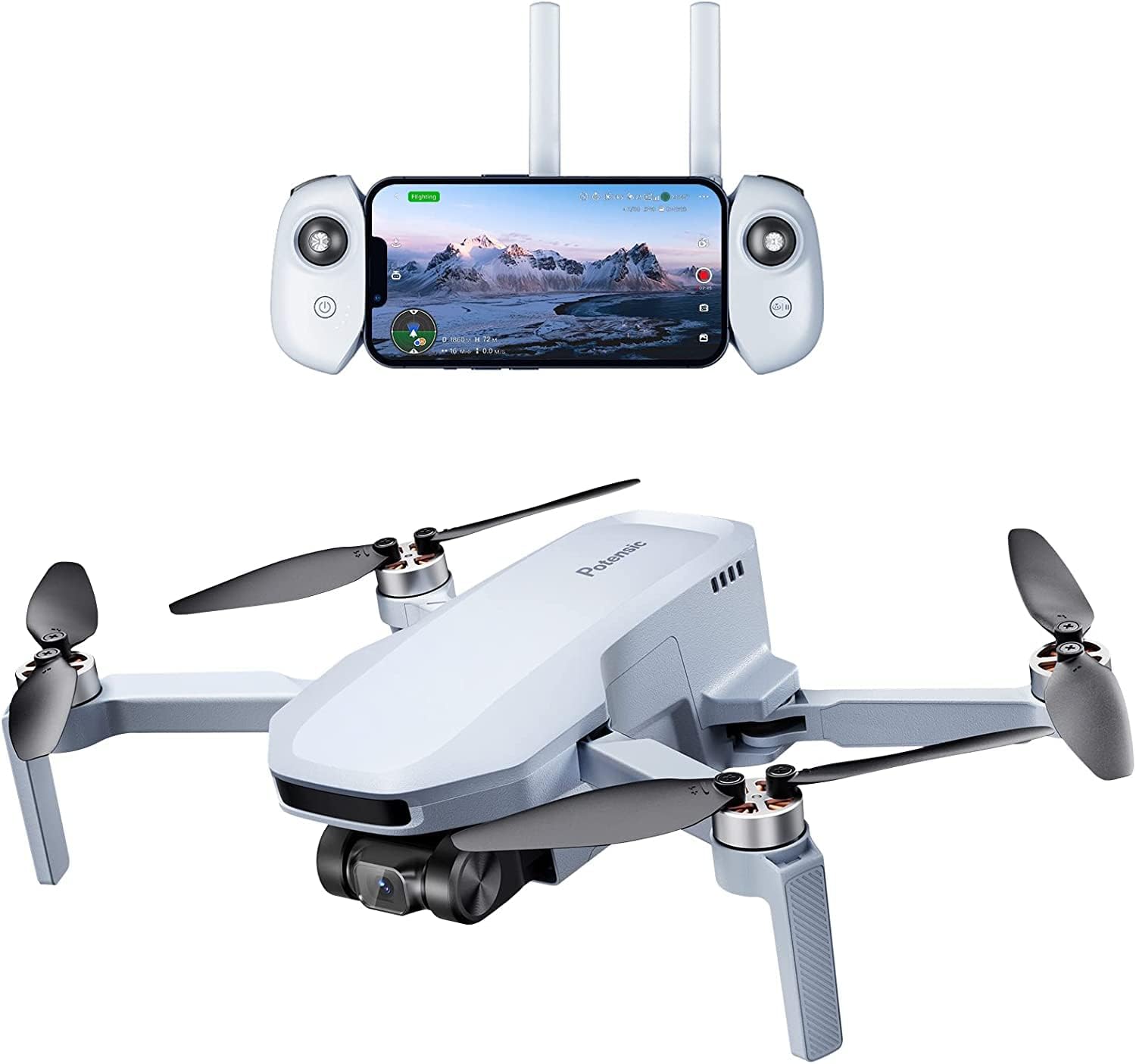You pack light, you’re heading somewhere off the map, and you want shots from the sky without carrying an entire gear arsenal. That’s where mini drones come into play—and right now, the DJI Mini 2 SE and Potensic ATOM SE are two of the most talked-about options under 250g. Same weight class, similar vibes, but surprisingly different once you start flying.
We’ve taken both of them up in the air—coastal wind, forest clearing, urban rooftops. On paper, they’re close. But when it comes to how they handle the sky, how stable they shoot, and how far they let you fly, there’s a clear shift in experience. So let’s dig in and unpack what makes each drone tick, because specs don’t always tell the full story.
Built like twins, but fly with different priorities
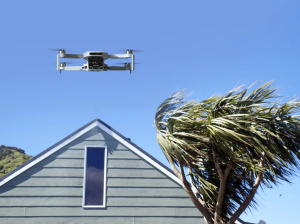
Holding these two in your hands, you’d almost think they were made in the same factory. Both the DJI Mini 2 SE and Potensic ATOM SE are featherweights, coming in just under 250 grams. That’s no accident—it means they skip over some of the stricter drone regulations in many countries.
They both fold down small enough to slip into a backpack side pocket, and unfold to almost the exact same wingspan, give or take a few millimeters. If portability is what you’re after, you’re golden either way. But what’s more important is that their tiny form factor doesn’t mean fragile performance. These aren’t toys—they can hold their own in the wind, climb at solid speeds, and stay stable up in the air.
Both climb and cruise at the same pace—until distance kicks in
Speed-wise, these two are neck-and-neck. Both top out at 16 meters per second, which feels fast enough when you’re flying low or trying to track moving subjects. The vertical speeds are similar too: 5 m/s up, around 3.5 to 4 m/s coming down. No big differences there.
What did surprise us? They can both handle wind gusts up to 38 km/h—that’s level 5 on the Beaufort scale. It means you won’t immediately lose control if a breeze kicks in during your shoot.
Now, the catch? DJI Mini 2 SE has a massive edge when it comes to transmission distance. DJI’s O2 system lets you see real-time footage up to 10 km away. The Potensic ATOM SE maxes out at 4 km with Pixsync 2.0. That’s not just a number—it’s the difference between having room to scout out that perfect coastal shot, or feeling boxed in when flying over open terrain.
They shoot at the same resolution—until stabilization wrecks the tie
On the camera front, both drones are carrying 12 MP sensors—standard for this range. The Mini 2 SE uses a 1/2.3” CMOS, the Potensic ATOM SE uses a smaller 1/3” sensor. Both can snap decent stills, though Potensic technically edges ahead with a 4608 x 2592 resolution, compared to DJI’s 4000 x 3000.
But we noticed something quickly. The DJI has a narrower 83º field of view, while the ATOM SE goes wide at 118º. That means the ATOM pulls more into the frame, but images feel a bit more stretched, and sometimes lose sharpness on the edges.
And then there’s the zoom. The Mini 2 SE gives you 4x digital zoom. That’s clutch when you need to get closer to a subject but don’t want to bring the drone into a tight space. The ATOM SE doesn’t offer any zoom, which can feel like a creative handcuff when you’re trying to vary your angles.
Video quality: 4K is nice, but not if it shakes
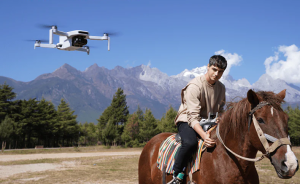
This is where the two split, and not in the way the spec sheet makes it look. Yes, the Potensic ATOM SE shoots in 4K. The Mini 2 SE maxes out at 2.7K. Sounds like a win for Potensic, right?
But not quite. DJI’s Mini 2 SE has a full 3-axis mechanical gimbal. It stabilizes tilt, roll, and yaw in real time. That’s not just a luxury—it’s the difference between professional-looking footage and jittery clips. Potensic’s Shake Vanish system is digital—it relies on electronic compensation, not hardware. It does okay in stable air, but the second you move aggressively or get a gust of wind, things go wobbly.
We tested both on a hillside during a breezy morning. The Mini 2 SE glided through every frame like it was on rails. The ATOM SE? It visibly struggled to maintain fluid movement, and we had to cut or post-stabilize a lot of our shots.
Video quality isn’t just about resolution—it’s about smoothness. The Mini 2 SE might shoot “less” on paper, but what you get is way more usable.
Battery performance: one is smarter, the other just gives you more
Here’s the twist. Both drones offer around 31 minutes of flight time per battery. The DJI does it with a 2250 mAh pack, the Potensic with a slightly beefier 2500 mAh.
But many ATOM SE bundles ship with two batteries out of the box, which means more flying with less interruption. That’s a big perk if you’re out for a long session and don’t want to recharge between every shot.
DJI’s batteries are more efficient, though. Despite the lower capacity, it matches the ATOM’s flight time. And yes, both charge in roughly the same window—about 90 minutes. So if you want uninterrupted flight time, Potensic might feel more generous. But in pure battery performance per pack, it’s a draw.
App experience: DJI feels finished, Potensic still in progress
We’ve used both apps. A lot. And there’s no polite way to say this: DJI’s Fly app just feels better built. It’s faster, smoother, and offers a full suite of intelligent flight modes—like cinematic shots that orbit or pan around a point automatically.
Potensic’s app is more basic. You can take off, land, change settings, and access some beginner-friendly flight assists, but you won’t get the same level of automation or creative presets.
For people who want to point and shoot, both apps are serviceable. But if you’re looking for a tool that helps you film like a pro without being one, the Mini 2 SE’s app gives you a real assist.
Stabilization: the DJI gimbal earns its praise
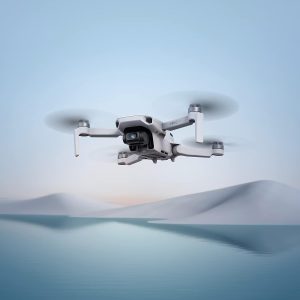
Let’s bring it back to that mechanical gimbal. It’s the most important feature on the DJI Mini 2 SE, hands down. When you’re shooting video—even at low altitudes, in tight spaces, or on the move—that 3-axis stabilization is the secret weapon. It compensates instantly for every micro-vibration and movement.
Potensic’s Shake Vanish is digital. That means you’ll often see micro-jitters in your footage unless you fly in textbook conditions. If you’re just capturing landscapes in calm weather, it might hold up. But once you start flying aggressively, or when conditions aren’t perfect, that difference becomes glaring.
If your goal is smooth, cinematic video, you can’t fake what a mechanical gimbal gives you. It’s not just better—it’s in another class.
Other features: safety, storage, and what comes in the box
They both offer the basics: return-to-home, GPS-assisted hover, and compatibility with microSD cards. That’s expected at this level.
Accessories vary by bundle, but DJI generally ships a higher-quality case and charger. Propeller guards are available for both, and both systems make takeoff and landing easy even for new users.
Potensic sometimes tries to sweeten the deal with extra batteries or props in its kits, so if value is your focus, those extras do make a difference. But keep in mind—it’s what happens in the air that matters more than what’s in the bag.
Why the Mini 2 SE actually feels like a serious drone
We’ve flown both. We’ve captured with both. And here’s what stood out: the DJI Mini 2 SE doesn’t just feel more refined—it flies smarter, captures smoother, and just works better. That’s not something you notice on a spec sheet. You notice it when your video doesn’t need fixing. You notice it when your shot stays level on a windy cliff. You notice it when the app doesn’t crash mid-flight.
The Potensic ATOM SE has its moments. It’s light, fast, and the 4K camera is respectable. But you trade away the kind of stability and control that makes footage usable in more than just a casual sense.
If you’re just learning to fly or need something cheap to practice with, the ATOM SE is totally valid. But if you’re chasing clean, steady, repeatable aerial footage, the Mini 2 SE gets you closer to pro-level work without the pro-level learning curve.
And once you’ve flown a drone with a real gimbal and longer reach—you won’t want to go back.

